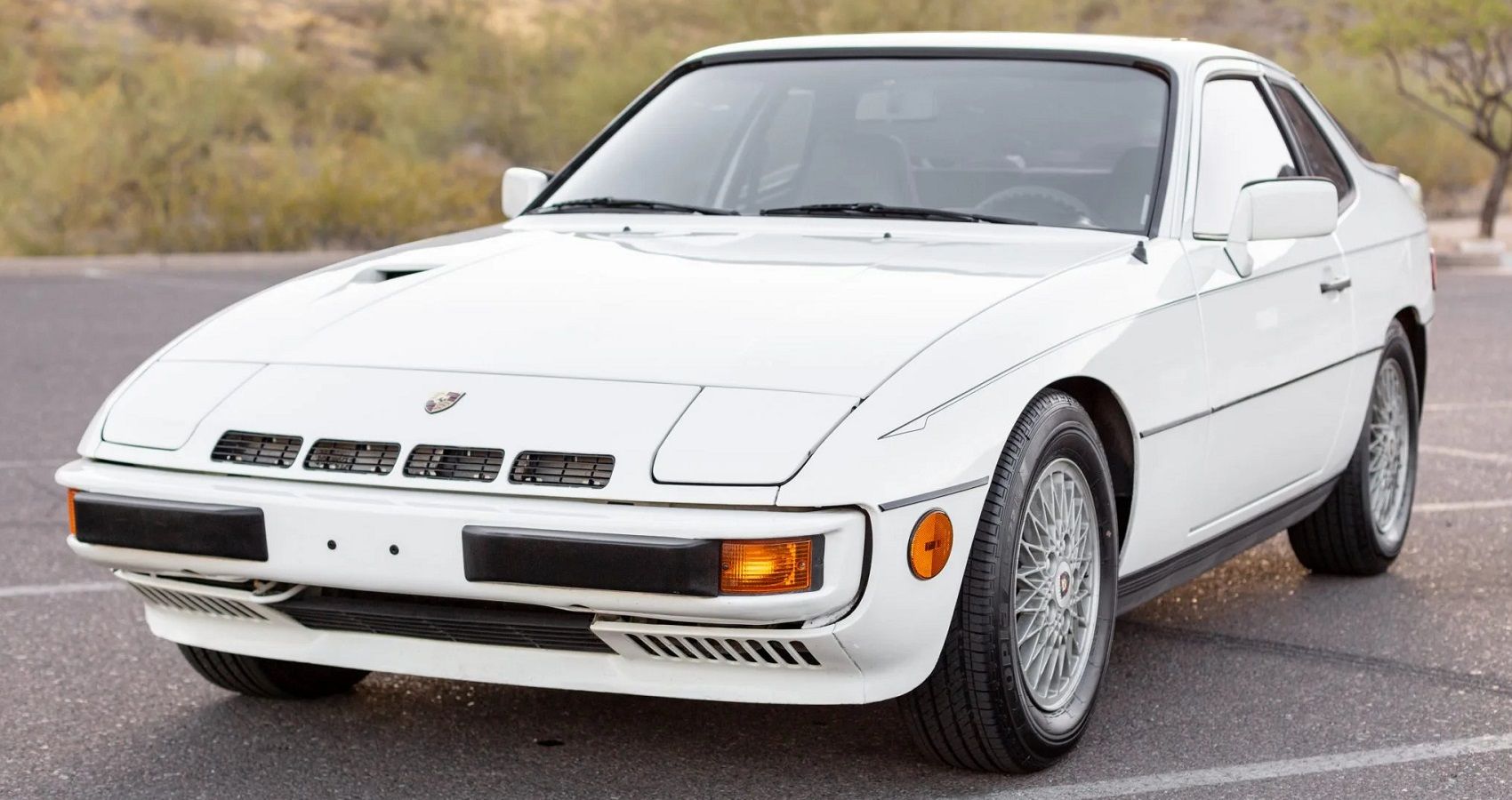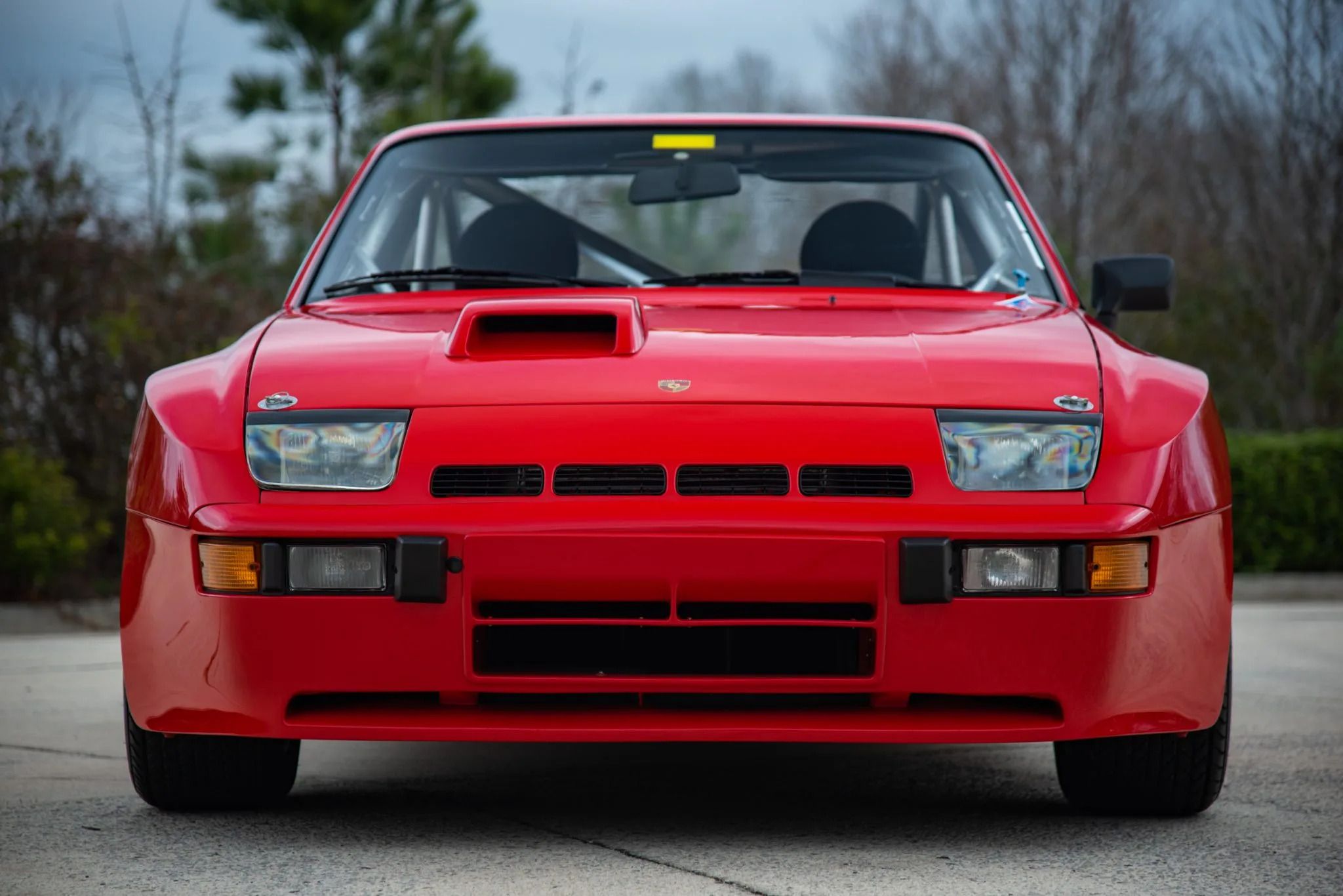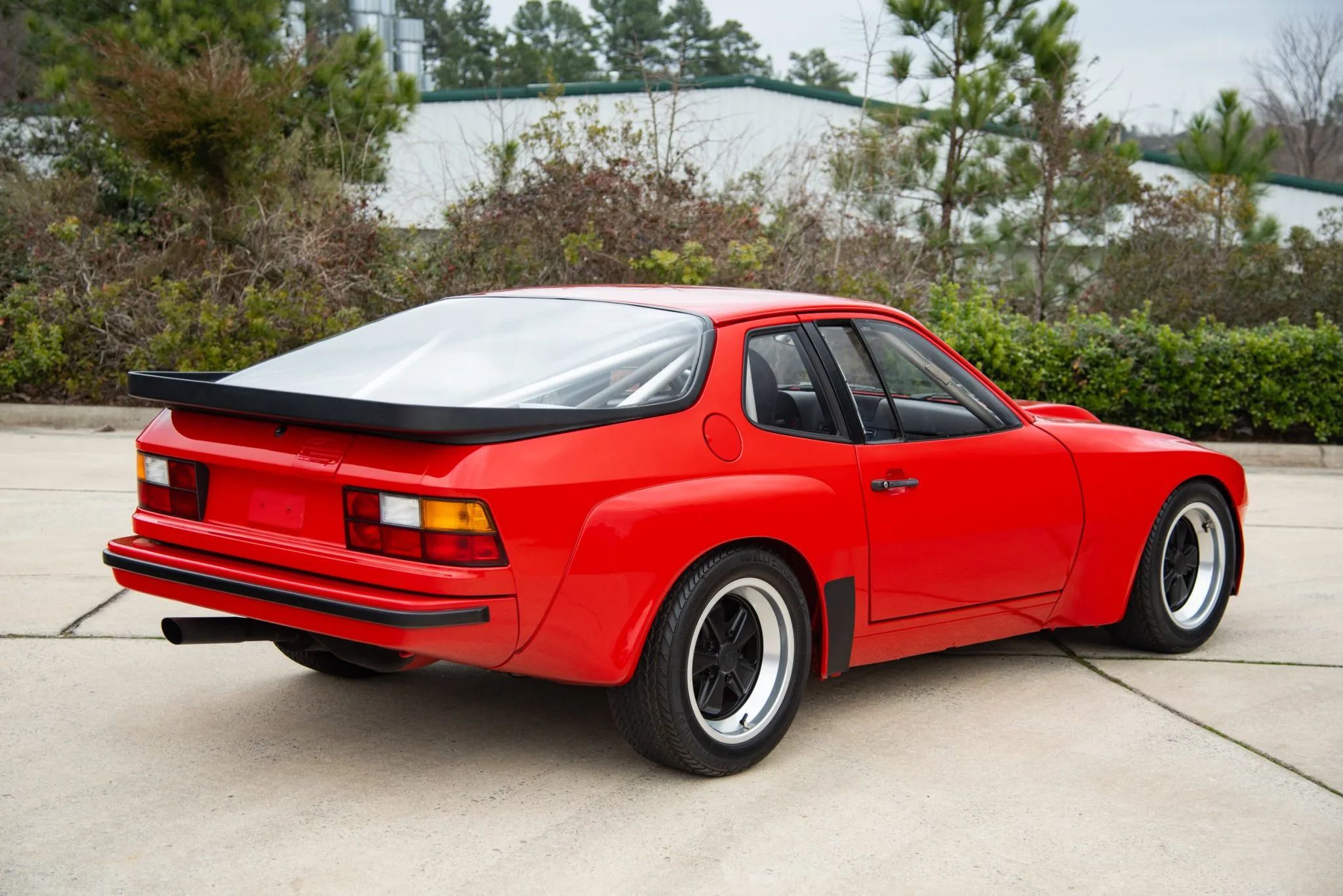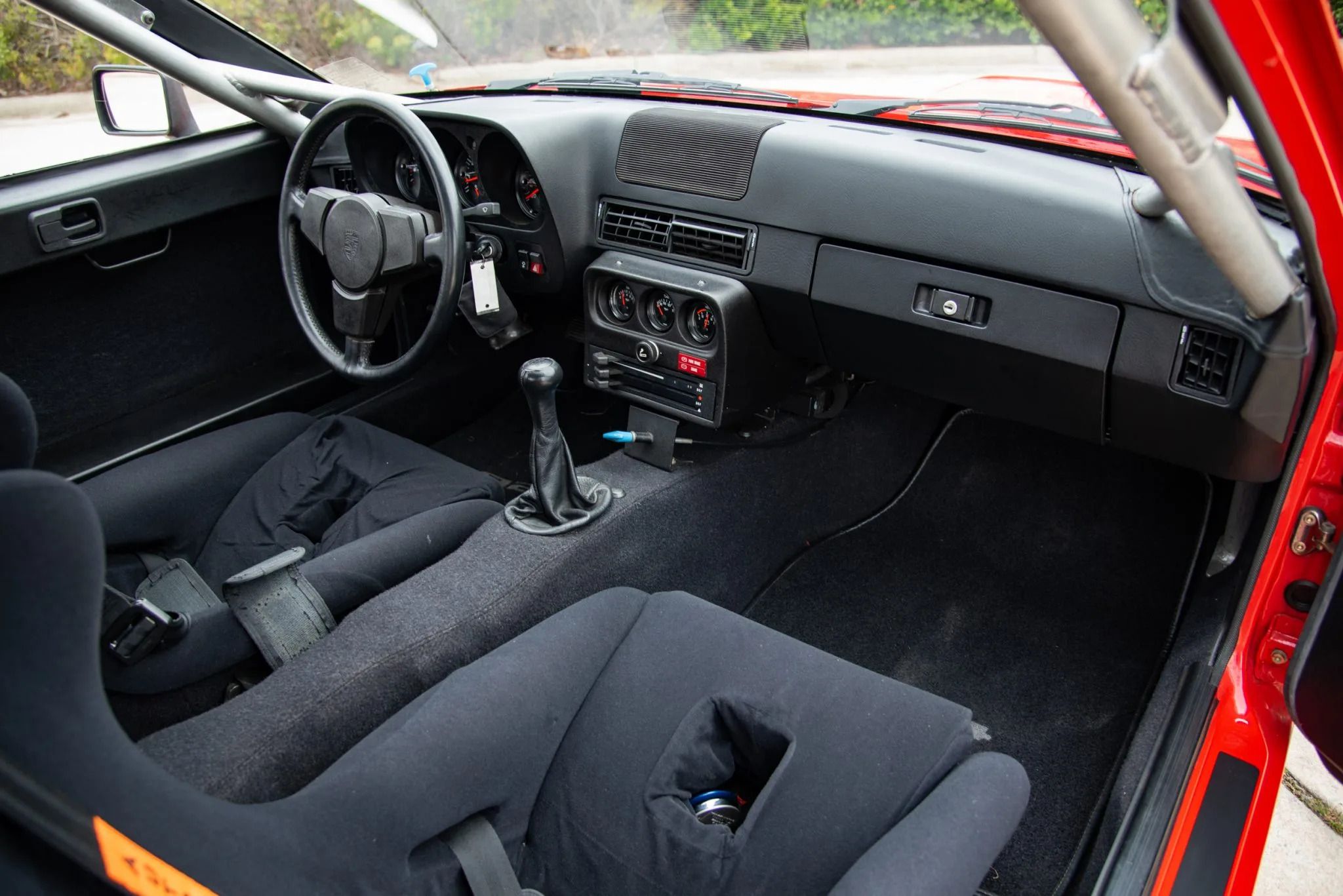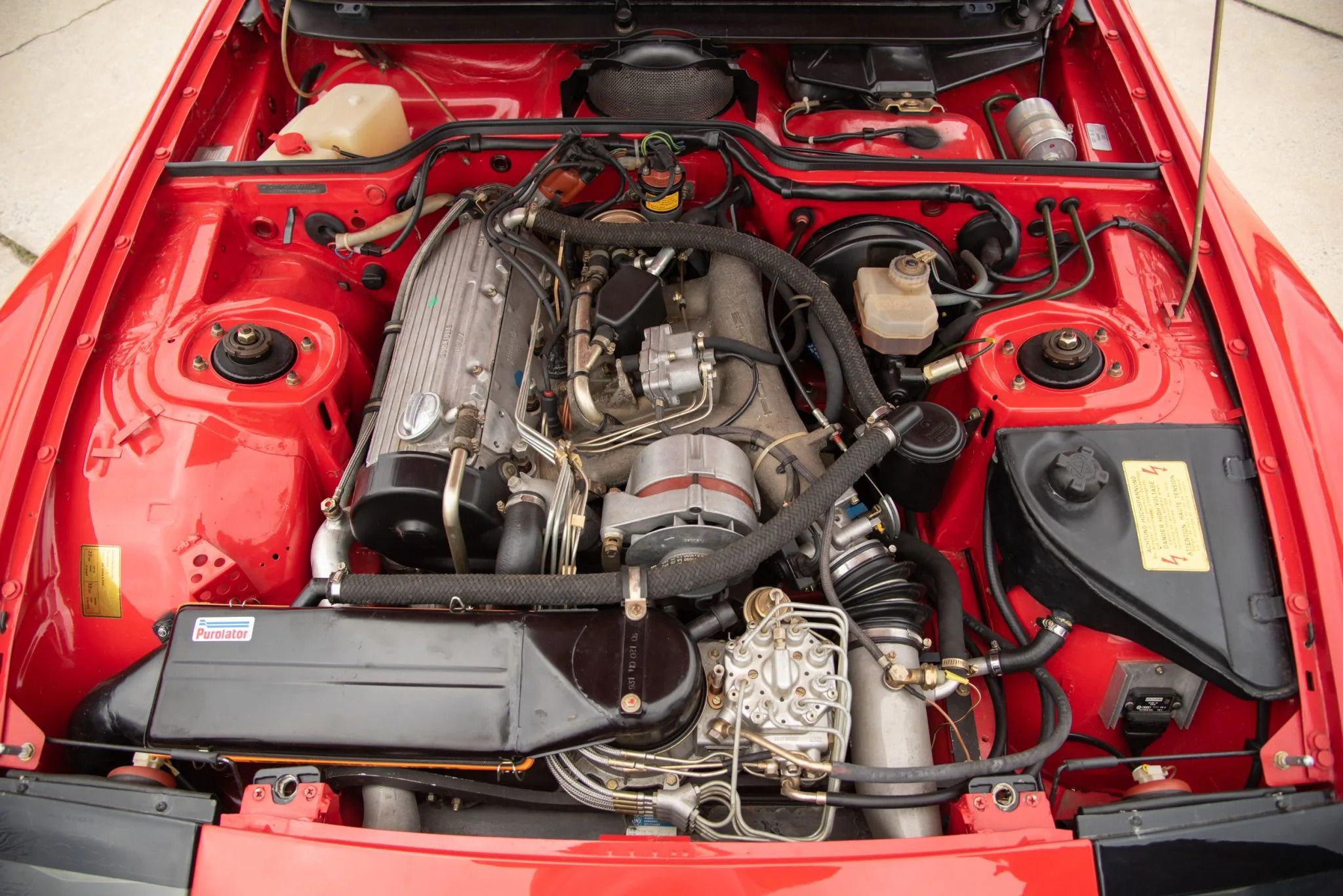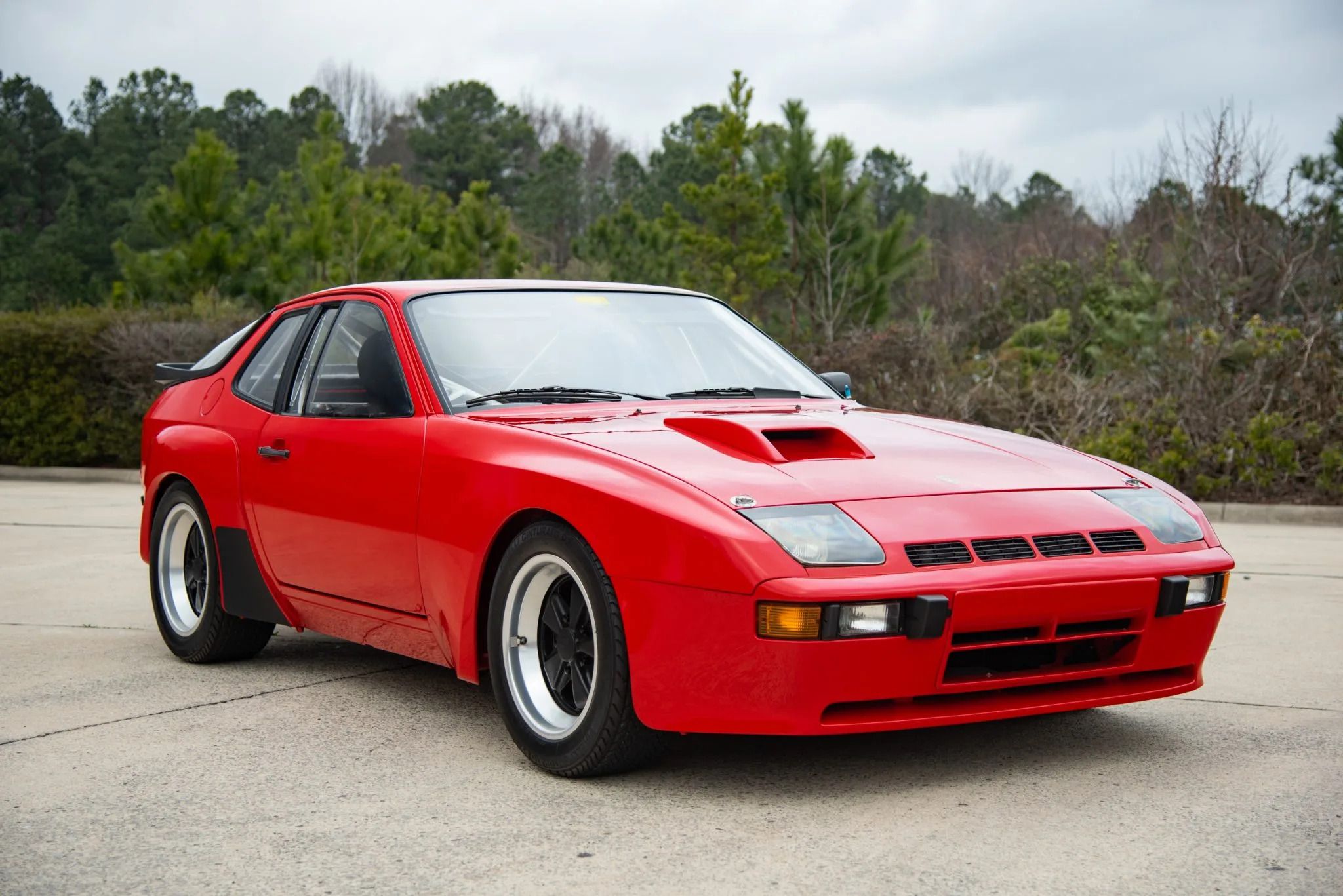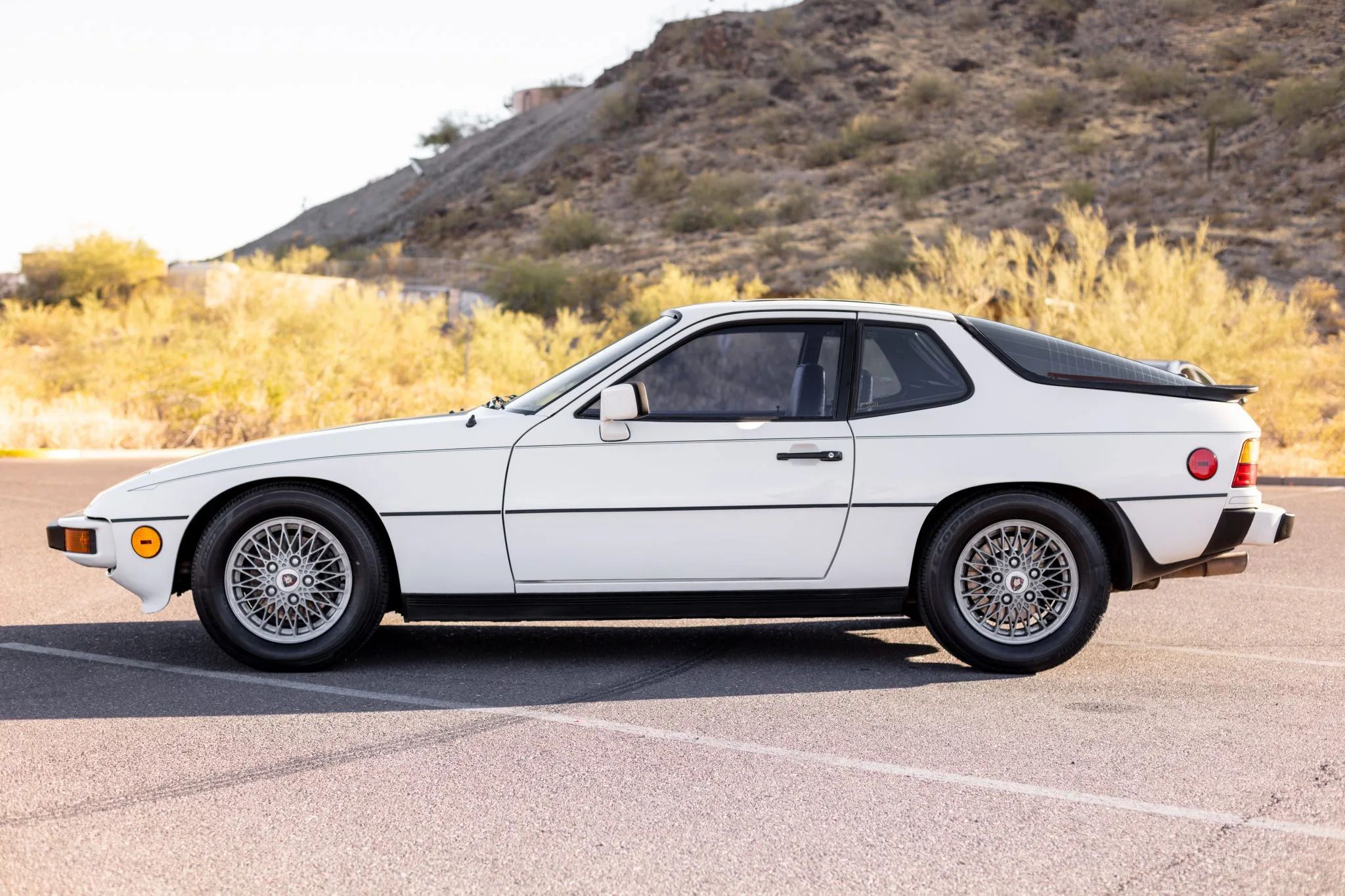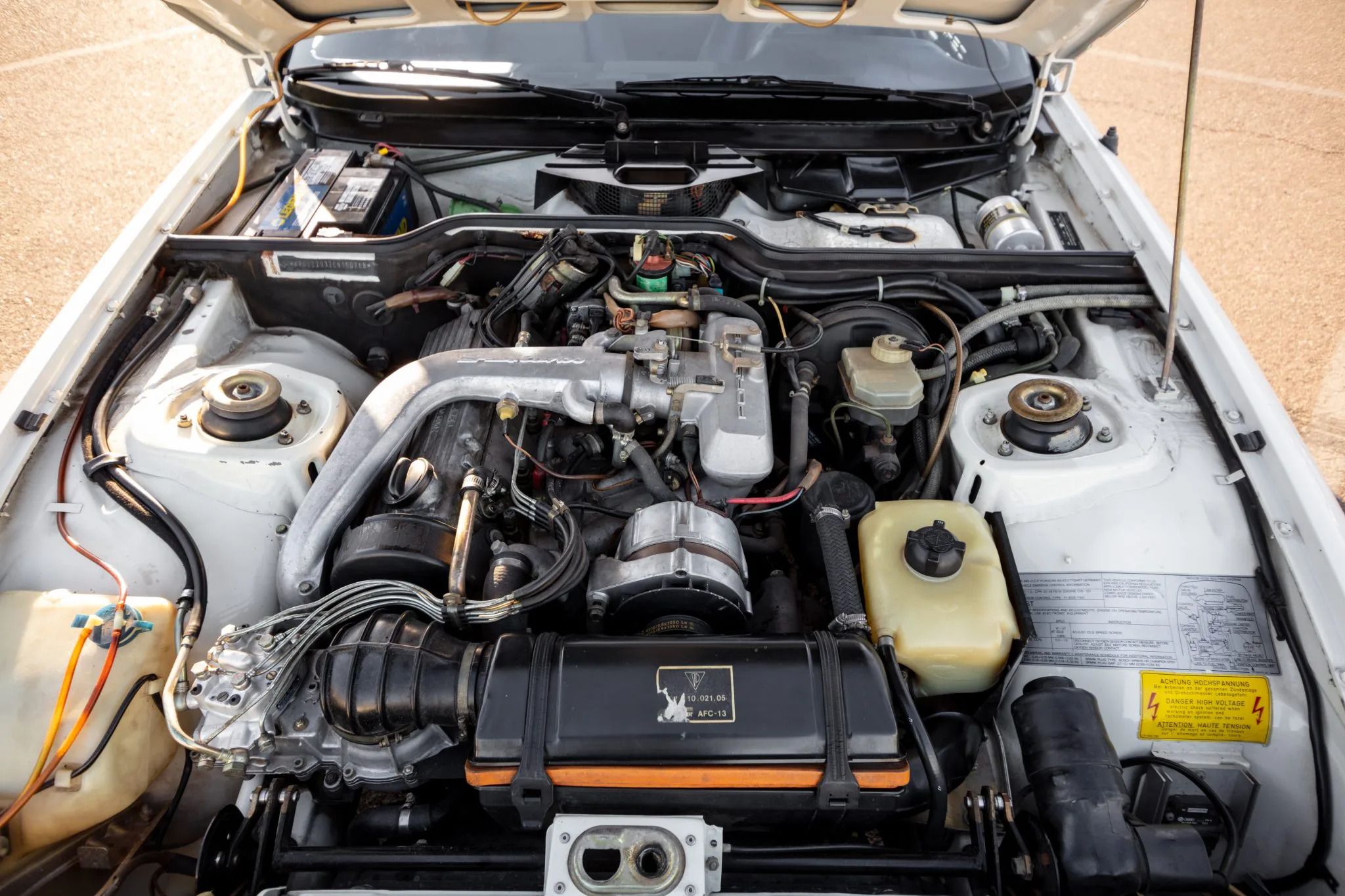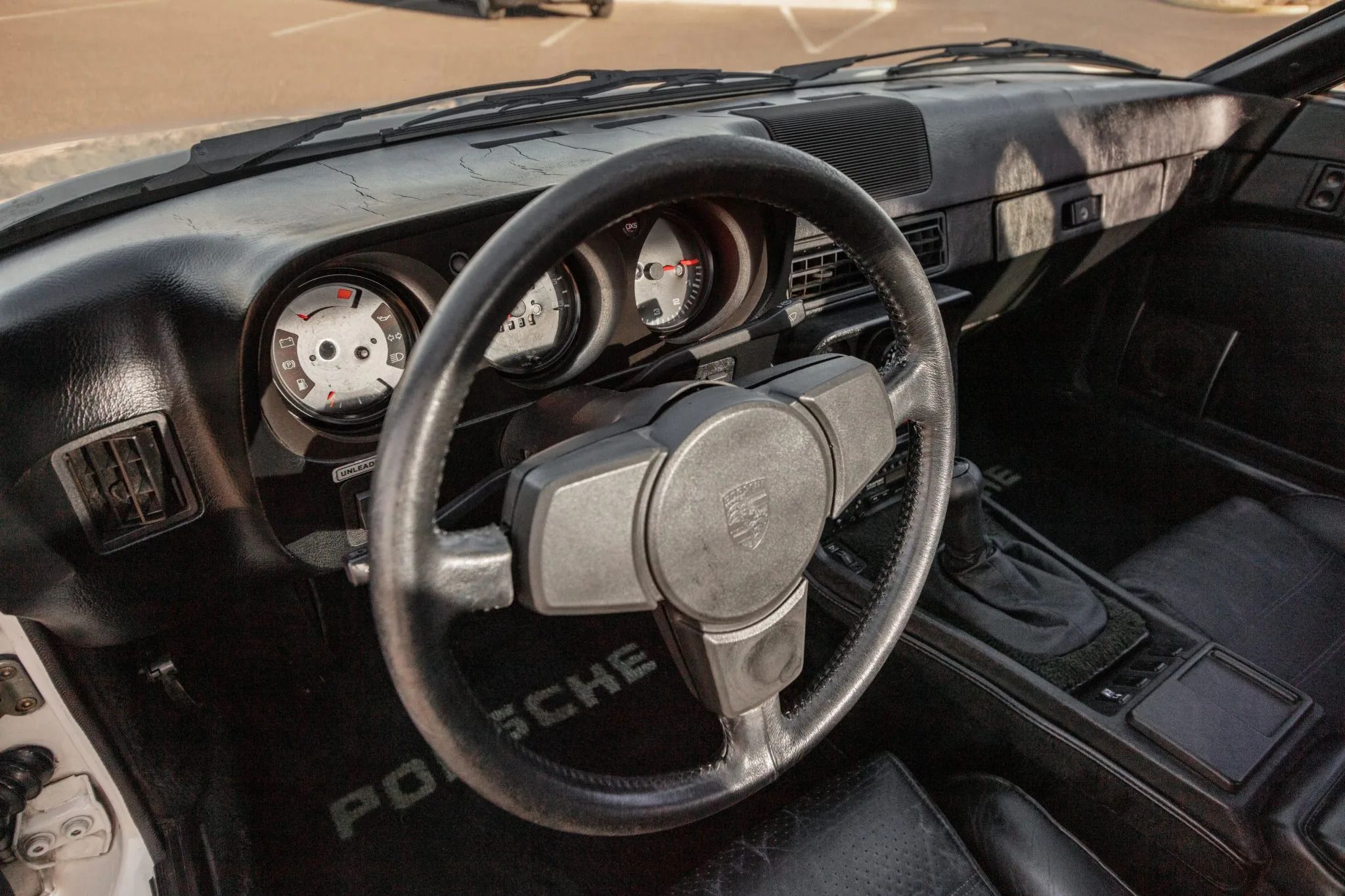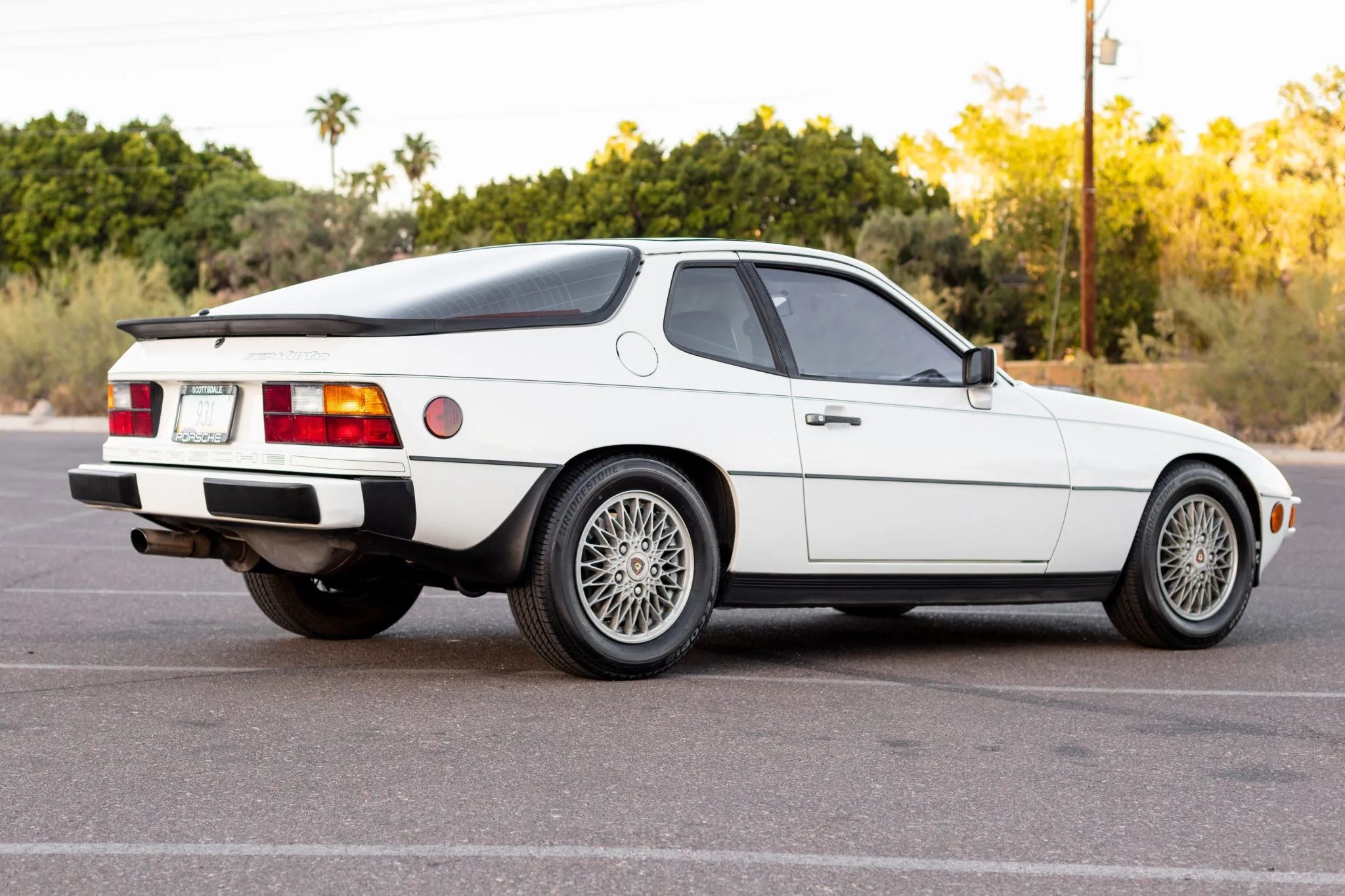In 1976, Porsche AG deviated from its tradition of producing air-cooled mid/rear-engine sports cars when it launched the water-cooled, front-engine Porsche 924 2+2 Coupe. The entry-level model replaced the 914 plagued by disappointing sales, and the aging 912 discontinued in 1969.
Porsche originally designed the car for Volkswagen, but when the maker of the famous Beetle chose to build the Scirocco instead, Porsche bought the rights and introduced the 924 as part of its sports car line.
Although Porsche first designed the front-engine 928 Gran Turismo, the 924 was the sports car maker's first production road car equipped with a front-engine rear-wheel-drive configuration. It was also the first Porsche available with a fully automatic transmission.
But, more importantly, in the early '70s, Porsche had been struggling financially, and the success of the 924 helped save the company from bankruptcy.
Porsche 924
- Water-cooled front-mounted engine
- Choice of manual or automatic transmission
- Hatchback configuration with rear glass lid
- Budget price compared to 911 models
- Engine/Motor: VW/Audi EA831 2.0-liter inline 4-cylinder
- Horsepower: 75 hp (125 hp Europe)
- Torque: 121 lb-ft
- Drivetrain: RWD
- Transmission: 5-speed manual, 3-speed automatic
- Near perfect front/rear weight balance
- Aerodynamic design with integrated bumpers
- Pop-up headlamps
- Standard 924 lacks power
- Overheating issues with early Turbo model
A Volkswagen Engine Powered The First 924
Although Porsche based its first iteration of the 924 on a combination of Volkswagen parts to help keep costs down, the company succeeded in evolving the front-engine vehicle into a world-class sports car praised by journalists and critics worldwide. The 924 competed well with other innovative sports cars in its class, such as the Datsun 240Z, Triumph TR7, and Mazda RX-7.
When released, the overhead-cam, fuel-injected VW/Audi EA831 2.0-liter I4 engine coupled to an Audi gearbox powered the sports car's rear wheels. The conventional two-liter cast-iron inline-four water-cooled engine made a respectable 125 hp (only 75 hp in the U.S.).
Although the 924's body and interior were Porsche designs, the front disc brakes came from an out-of-production NSU auto. Additionally, the MacPherson struts originated with the Beetle, the Scirocco contributed the control arms, and rear drums and torsion bar rear suspension were Beetle designs.
While the 924 provided a Porsche model for the budget-minded buyer, critics and dealers claimed the difference between the 924 and the high-performance Porsche 911 was too large. Porsche agreed and decided to add a 924 turbocharged version to fill the gap.
Porsche produced the 924 Turbo from 1978 to 1984, initially equipping the more powerful version with a turbocharged 2.0-liter inline four-cylinder engine producing 170 hp at 5500 rpm and 184 lb-ft of torque at 3500 rpm, mated to a five-speed manual transmission.
The first 924 Turbo, released in 1978, developed a poor reputation for overheating and reliability issues, prompting Porsche to make modifications, releasing the 177-hp Porsche 924 Turbo Series 2 in 1981.
924 Performance Improvements Produced The Carrera GT
The Porsche 924 proved to be the right solution for the sports car enthusiast looking for fuel economy without sacrificing performance during the "oil crisis" '70s. While the 924's 75 hp helped meet stricter emission standards, the car's front-mounted engine with a rear-mounted transaxle provided a near-perfect 53:47 weight distribution. Combined with its light weight, the balance gave the sports car excellent handling characteristics.
The Porsche 924 that produced 125 hp and 122 lb-ft of torque accelerated from 0 to 60 mph in 9.5 seconds and achieved a top speed of 125 mph.
An aerodynamic shape featuring pop-up headlamps, rear glass lid with PU rear spoiler, bumpers integrated into the body shape, and a hatchback configuration providing ample storage appealed to more buyers than just the sports car enthusiasts. Porsche's good timing with the release of the 924 resulted in brisk sales, tripling the company's total factory output, and it allowed Porsche to move the 911 into a more lucrative exotic performance sports car segment.
The Porsche 924 Turbo with a 2.0-liter engine producing 170 hp (later upgraded to 177 hp in the Series 2) and 184 lb-ft of torque mated to a five-speed transmission accelerated from 0 to 60 mph in 7.8 seconds and achieved a top speed of 140 mph.
The 924 Turbo's chassis responsible for road handling capabilities and ride comfort included McPherson struts, a front suspension with a lower wishbone, coil springs, and anti-roll bar and a rear suspension with coil springs, semi-trailing arm, trailing arm, Torsion bar and anti-roll bar.
Brisk sales of the standard 924 and the Turbo models inspired Porsche in 1981 to develop the Carrera 924 GT, a special version limited to 401 units. Porsche equipped the aggressive-looking Carrera GT with a turbocharged 2-liter 8-valve inline-four generating 207 hp. The sports car accelerated to 62 mph in 6.9 seconds and reached a top speed of 149 mph.
Porsche built several other more powerful versions of the 924, including the Porsche 924 S fitted with a detuned version of the 944's 2.5-liter straight four, the Porsche 924 Carrera GTS producing 245 hp, and the 375-hp race-spec Carrera GTS Clubsport.
Porsche 924 Enhancements
While the original 924 used many components from Volkswagen, others came from several Porsche models. The car featured 911 bucket seats and an all-Porsche instrument panel and gauge cluster, including the tachometer and 160 MPH VDO speedometer.
During the 11 years Porsche produced the 924 and its variants, the company advanced through a series of upgrades to enhance the car's performance and meet buyers' expectations of Porsche's performance.
In addition to engine power enhancements, upgrades included front and rear vented disc brakes, 5-speed transmissions, optional sport suspension (including springs, shocks, struts, torsion bars, and swaybars. Interior upgrades for comfort and convenience included air conditioning, an improved stereo sound system, power windows, mirrors, and optional 3-speed automatic transmission.
Porsche 924 Models Have Held Their Value
In July 1977, the U.S. version Porsche 924 standard model had a base MSRP of $9,395. Over the years, the entry-level sports car has held its value and, according to Classic.com, the standard Porsche 924 models from 1977 to 1985 now sell for an average price of just over $8,000.
The higher-performance 1980 Porsche 924 Turbo had a base MSRP of $20,875, and today Turbo models sell for an average of just under $13,000. The most expensive Porsche 924 Carrera GT that sold for $75,000 in 1981 now fetches an average of $65,000.

